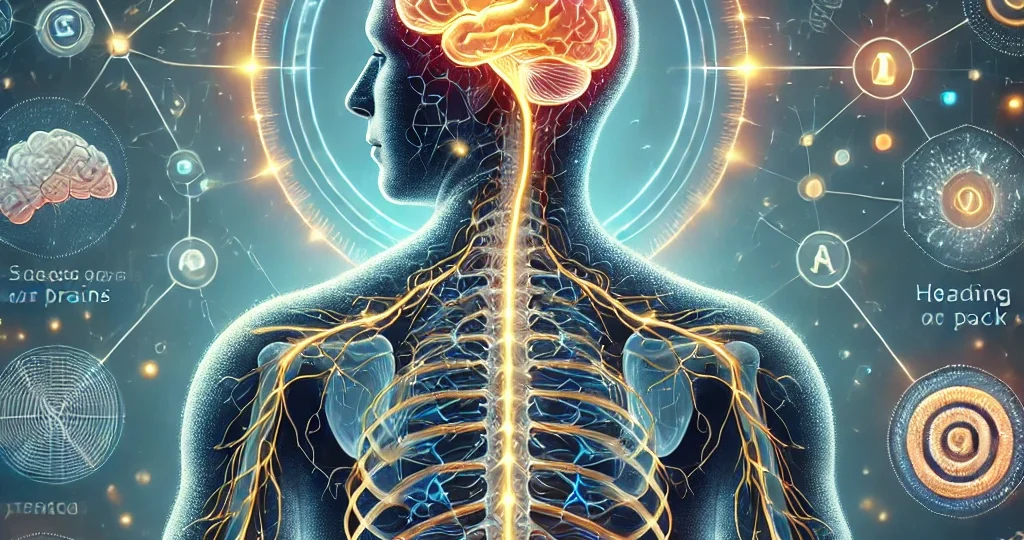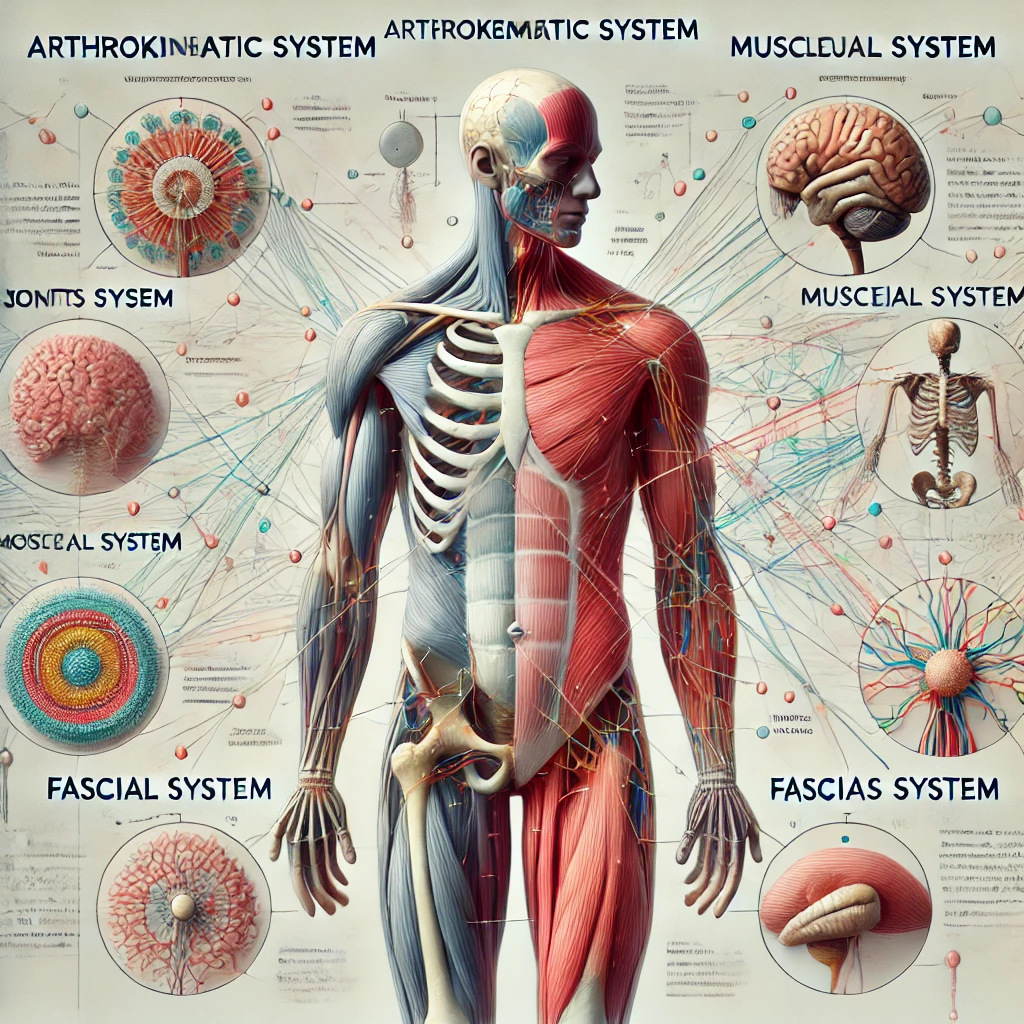
The Brain-Back Pain Connection
1. The Pain Highway (a.k.a. The Nervous System)
Your back and brain communicate like two old friends gossiping on the phone. The nerves in your spine (especially those in the spinal cord) act as the telephone wires, sending signals to and from the brain.
- Acute Pain: “Ouch! I bent too far!” This is your body’s alarm system. The brain gets the message quickly and reacts to protect you.
- Chronic Pain: When the “ouch” signal keeps ringing in the brain even after the injury has healed. Imagine a prank caller who just won’t quit!
2. Brain’s Role in Pain Perception
Pain isn’t all about the physical injury—it’s also how the brain interprets it. Think of the brain as a DJ spinning tracks of pain intensity. It can crank up the volume or tone it down depending on various factors:
- Emotions and Stress: Feeling anxious or depressed? Your brain may make the pain feel worse. Stress activates the amygdala (the brain’s fear center), making your back pain feel more intense.
- Distractions: Busy with something fun? Your brain might lower the volume on pain, like a polite DJ fading out a bad song.
3. Muscle Memory and Habits
Chronic pain changes the brain’s wiring—literally! If you’ve been in pain for a long time, your brain starts expecting it. It’s like muscle memory but for discomfort. This can cause:
- Tension in Back Muscles: The brain sends “guard signals” to tighten muscles unnecessarily, keeping the cycle going.
- Brain Shrinkage: Yup, long-term pain can actually shrink parts of the brain, like the prefrontal cortex (the smarty-pants part of your brain). Scary, right? 😱
4. The Brain-Back Pain Solutions
Here’s the good news: You can “rewire” your brain and reduce back pain! 🧠✨
- Mindfulness and Meditation: Teach your brain to chill. Mindfulness calms the amygdala and strengthens the prefrontal cortex.
- Cognitive Behavioral Therapy (CBT): Change the way you think about pain. For example, instead of “My back is killing me,” try “My back needs care.”
- Exercise: Movement strengthens not just your muscles but also your brain’s ability to regulate pain.
- Sleep: The brain heals itself during deep sleep. Poor sleep can worsen pain signals.
5. Nutrition for the Brain-Back Duo
Your diet can influence pain perception. Anti-inflammatory foods like omega-3s (salmon, walnuts), leafy greens, and turmeric are brain-and-back-friendly. Avoid sugar bombs—they’re like fuel for the pain fire. 🔥
Final Word
Back pain isn’t just about the back—it’s a full-blown drama starring your brain, emotions, and nervous system. The good news? With the right tools, you can coach your brain to turn that pain signal into a distant whisper. 🧘♂️💪
RELATED POSTS
View all



